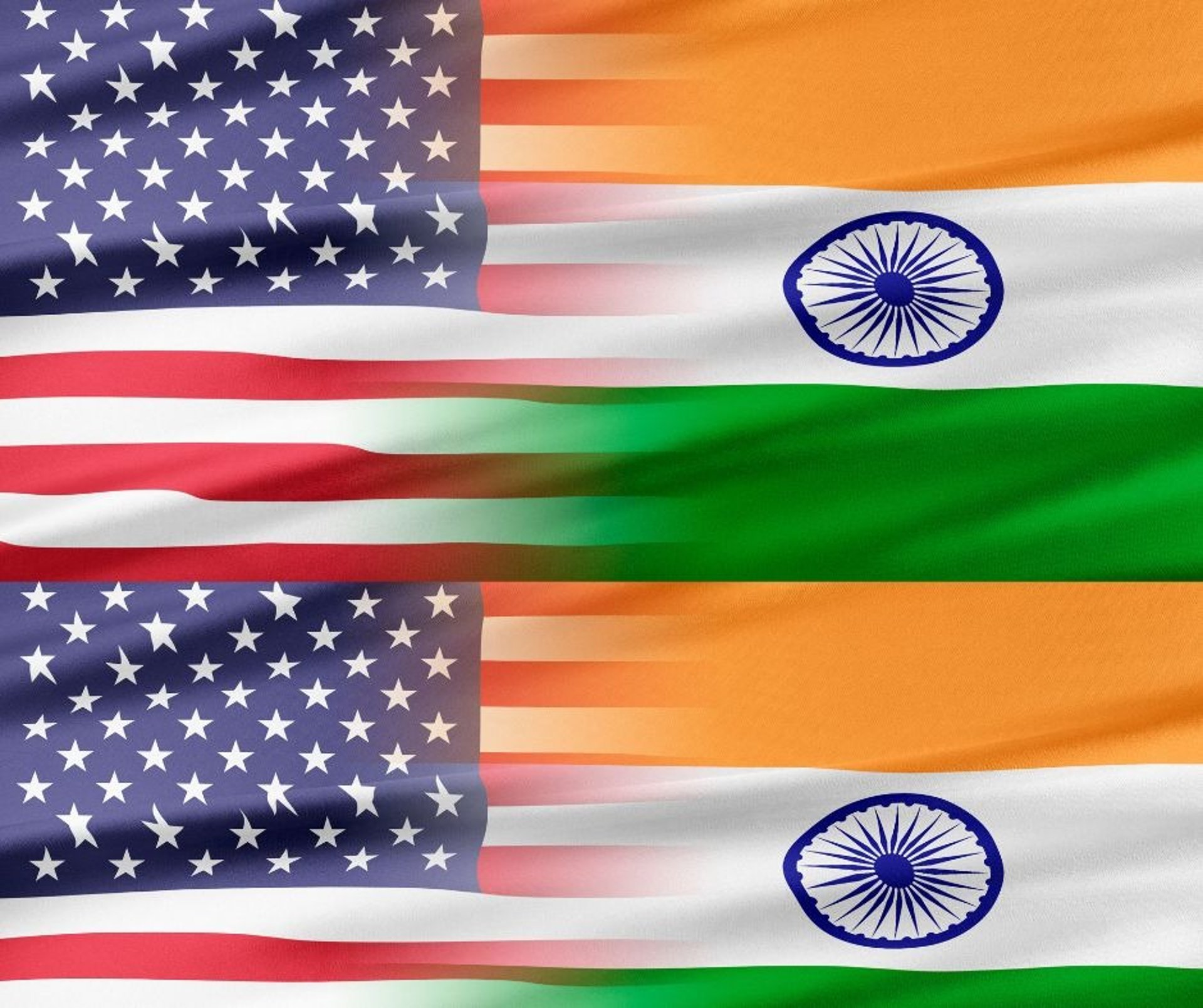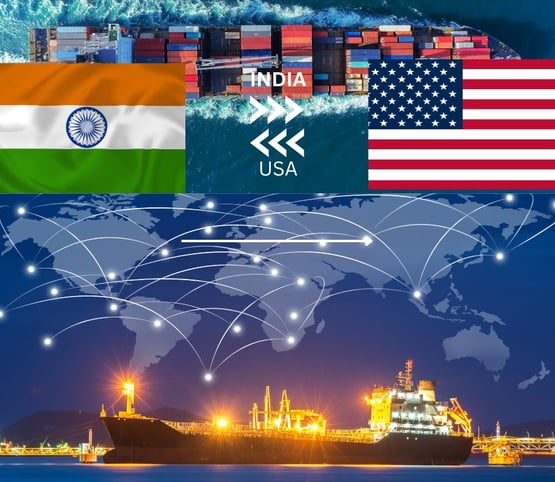
The $150 Billion Trade Revolution: How India & the U.S. Are Changing the Game
INTERNATIONAL TRADE & TRADE POLICIES
GlobalSetu Enterprise [V.S.V]
5/12/20253 min read


India and the United States have built a powerful trade alliance, with bilateral trade surpassing $150 billion. This booming partnership creates immense opportunities for exporters and importers, yet navigating the complexities of cross-border commerce requires strategic planning.
If you're in the business of exporting from India or importing into the U.S., understanding the do’s and don’ts can give you a competitive edge.
Key Trade Sectors & Their Opportunities
Each sector has distinct advantages for exporters and importers. Here's a breakdown of what's thriving and how businesses can capitalize:
1. Engineering Goods: Scale with Precision
✅ Opportunities: India exports $17.6 billion worth of engineering products, including industrial machinery and components, benefiting from cost-effective manufacturing.
🚀 Actionable Tip: Focus on U.S. safety & certification standards (UL, ANSI, ISO 9001) to ensure smooth entry into the market.
❌ What Not to Do: Avoid low-quality materials or ignoring customs documentation, as this causes delays or rejections.
2. Electronic Goods: The Tech Trade Boom
✅ Opportunities: India exports $10 billion in consumer electronics, while the U.S. supplies high-tech components, driving innovation.
🚀 Actionable Tip: Leverage U.S. e-commerce platforms (Amazon, Walmart Marketplace) to increase visibility and attract buyers.
❌ What Not to Do: Don't skip intellectual property protections—ensure patents and trademarks to prevent disputes.
3. Pharmaceuticals: India’s Competitive Edge
✅ Opportunities: India exports $8.72 billion in generic medicines, offering cost-effective healthcare solutions.
🚀 Actionable Tip: Secure FDA approvals and focus on GMP-certified facilities to build trust with U.S. importers.
❌ What Not to Do: Never underestimate regulatory compliance—strict U.S. laws govern pharmaceuticals.
4. Gems & Jewellery: India’s Luxury Advantage
✅ Opportunities: India’s $9.9 billion jewellery exports cater to high-end buyers.
🚀 Actionable Tip: Build partnerships with U.S. luxury retailers & online marketplaces for direct sales.
❌ What Not to Do: Don’t ignore fair trade and ethical sourcing—Western consumers prioritize sustainability.
5. Petroleum & Energy: A Shared Growth Sector
✅ Opportunities: India exports $5.83 billion in petroleum, while the U.S. sends refined fuels and clean energy tech to India.
🚀 Actionable Tip: Tap into the renewable energy movement—collaborate on solar & green hydrogen solutions.
❌ What Not to Do: Don't rely on outdated trade agreements—energy markets shift rapidly, requiring flexibility.
How Exporters & Importers Can Succeed
📌 ✅ Do: Leverage Trade Agreements India-U.S. trade policies are evolving—stay informed on tariffs, exemptions, and regulatory updates to avoid surprises.
📌 ✅ Do: Build Strong Trade Networks Chambers of commerce, trade expos, and B2B directories help connect with reliable business partners.
📌 ✅ Do: Optimize for Digital Commerce With e-commerce and online trade platforms, exporters can access U.S. buyers without traditional trade barriers.
📌 ❌ Don’t: Ignore Compliance & Certifications For pharmaceuticals, electronics, and engineering goods, non-compliance leads to rejected shipments and financial losses.
📌 ❌ Don’t: Neglect Logistics & Payment Security Always use international payment protection, like LC (Letter of Credit), to avoid financial risk.
Trade Beyond Transactions: The Human Element
Beyond numbers and policies, India-U.S. trade is fundamentally about partnerships. Successful exporters and importers understand that trust, relationships, and adaptability are just as crucial as financial gains.
Cultural Awareness – Understanding market trends, consumer preferences, and business etiquette can strengthen trade relationships. For example, U.S. buyers value transparency, while Indian exporters excel in customized solutions.
Resilience in Global Shifts – Trade policies evolve, currency fluctuations occur, and unexpected challenges arise—agile businesses thrive by staying informed and proactive.
Sustainability Matters – With global attention on ethical trade and eco-friendly production, businesses focusing on green supply chains and responsible sourcing gain long-term advantages.
By looking beyond logistics and pricing, exporters and importers can build sustainable trade models that benefit economies on both sides—making this revolution not just profitable but enduring.
Final Thoughts: The Future of India-U.S. Trade
As global trade policies evolve, exporters and importers need to stay proactive, adapt to industry shifts, and embrace innovation. Whether you're a startup or an established business, India-U.S. trade provides incredible growth opportunities—if navigated strategically!
“The $150 Billion Trade Revolution: How India & the U.S. Are Changing the Game”
GlobalSetu Enterprise
"A Bridge to Global Prosperity"
Mumbai, Maharashtra, India
We’re Here to Help! At GlobalSetu Enterprise, we value communication and collaboration. Whether you have questions about our products and services, want to discuss business opportunities, or simply wish to say hello don’t hesitate to reach out!